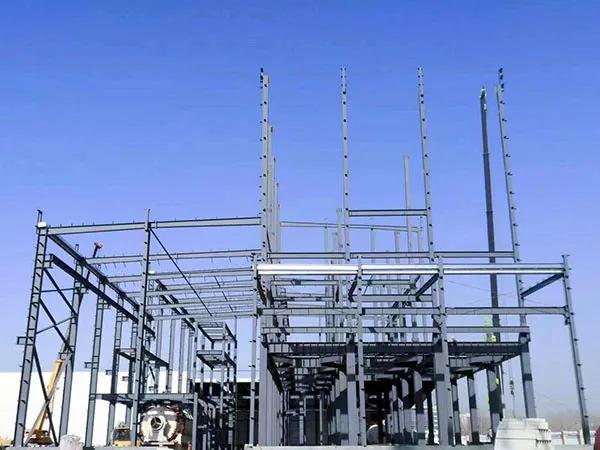
New Materials Steel Structure Factory Project
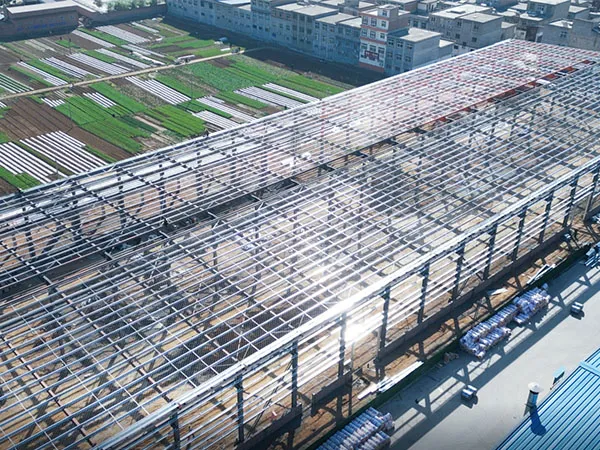
Luoyang Hengrun Metallurgical Technology Co., Ltd. Plant Project
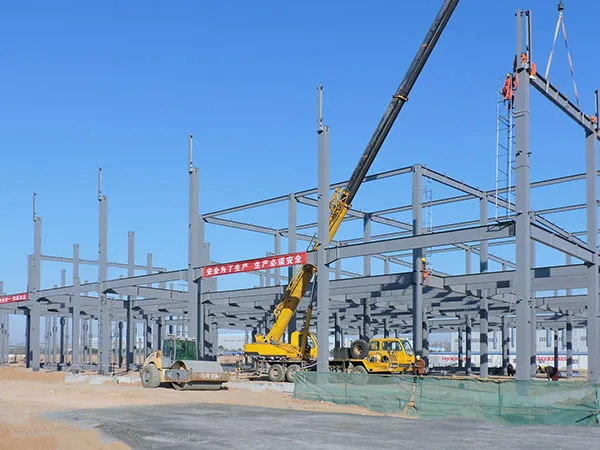
Luoyang Achemet Tungsten-Molybdenum Technology Steel Structure Plant Project
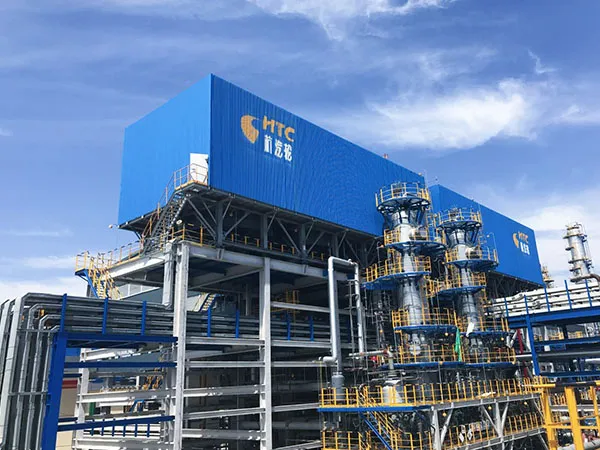
Ordos Zhongtian Hechuang Refining and Chemical Steel Structure Project
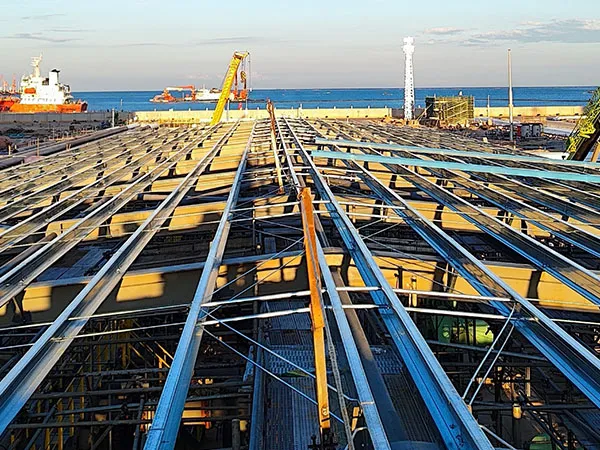
Beihai Finished Oil Reserve Base Steel Structure Roof Project
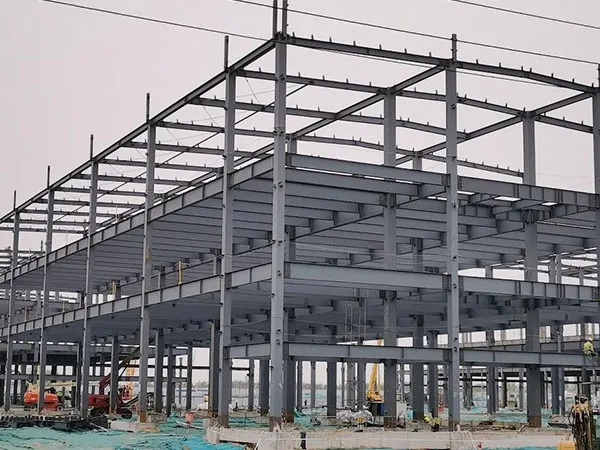
Zhongyuan Energy Saving Steel Structure Engineering
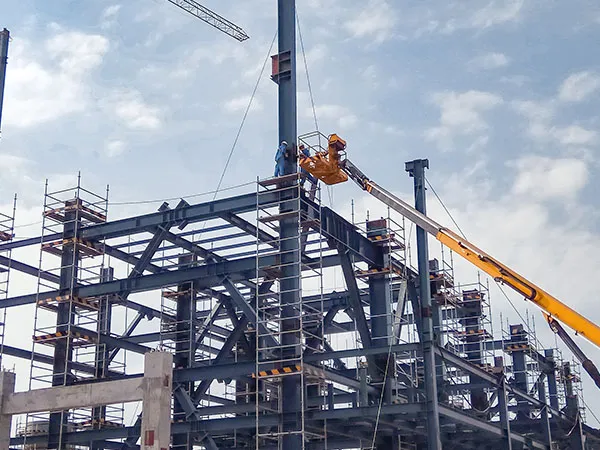
Refining and Chemical Integration Shaped Steel Structure Project
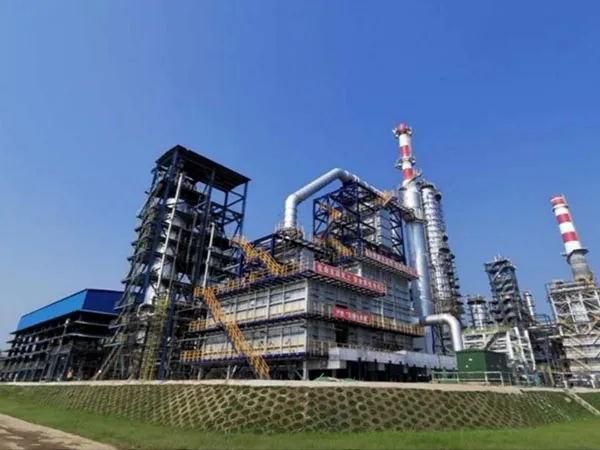
Chemical Steel Structure Project
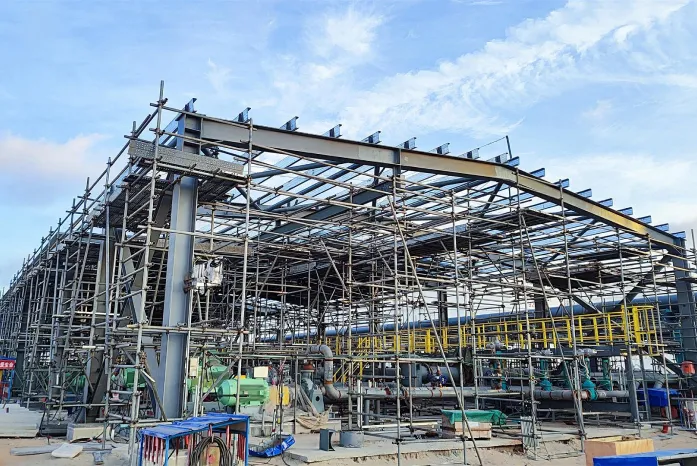
In the oil and gas industry, steel structures are mainly used for long-distance oil and gas pipelines. These pipelines need to have high strength, good toughness and weldability to ensure safe operation under different environmental conditions. For example, in the history of China's oil and gas pipeline development, the application of microalloying and thermomechanical control process (TMCP) technology has achieved an excellent match of pipeline steel in strength, toughness, plasticity and weldability to meet the strong demand for domestic energy consumption.
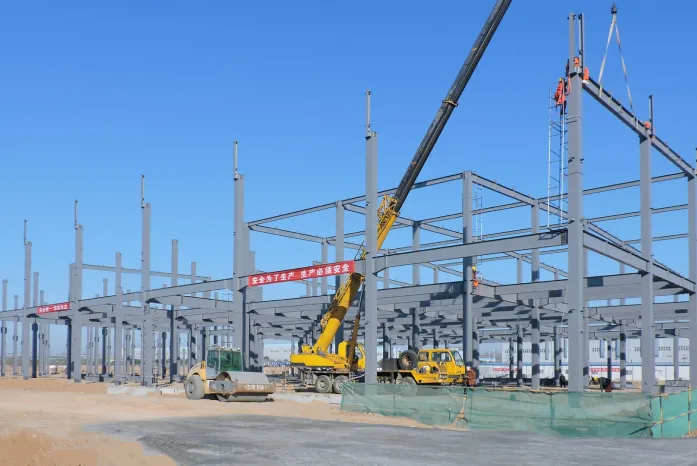
In the metallurgical industry, steel structures are used to build various industrial facilities such as blast furnaces, steelmaking furnaces and rolling mills. These structures need to withstand extreme temperatures and heavy loads. For example, the use of steel structures in bridges and buildings requires the use of steel plates, which are produced in domestic electric arc furnaces and basic oxygen furnaces. The weighted average recycled content of steel plates used for construction applications is 75%.
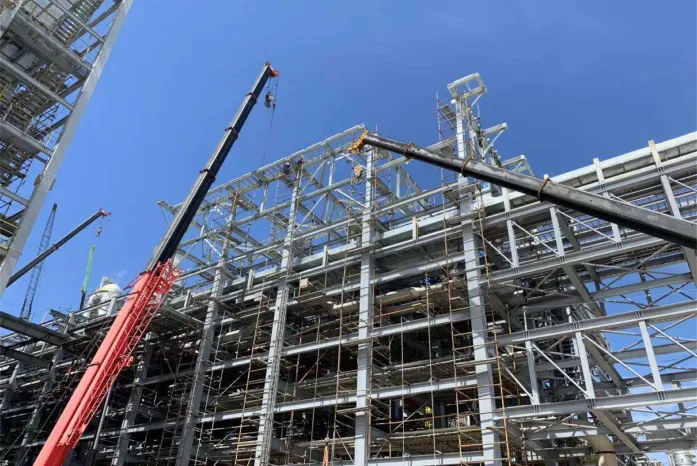
In the petrochemical industry, steel structures are often used for pipe racks and non-building structures, such as pipe racks in oil and chemical plants. These structures need to have seismic resistance to ensure safety in the event of natural disasters such as earthquakes. For example, a critical assessment of existing design specifications for petrochemical steel pipe racks was conducted, and case studies were conducted to ensure the safety of these structures in high seismic risk areas.
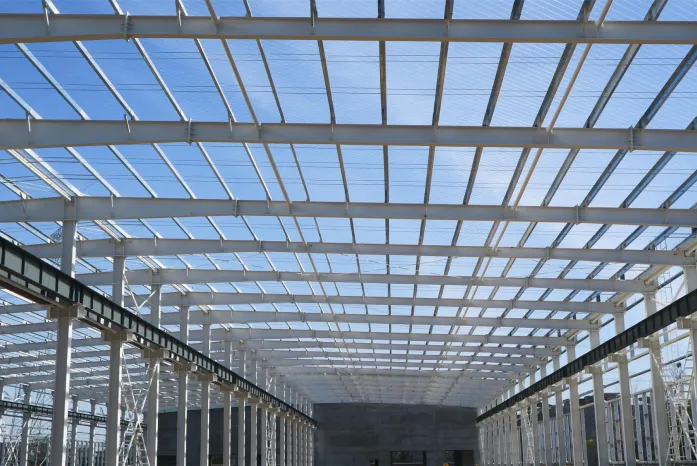
Steel structures are also very common in the construction industry. They can be used to build high-rise office buildings, residential buildings, bridges, and other large structures. Steel structures are favored for their excellent load-bearing capacity, flexibility, and long-term durability. For example, steel structures have a market share of 46% in non-residential and multi-story residential construction, which is significantly higher than other competing materials.